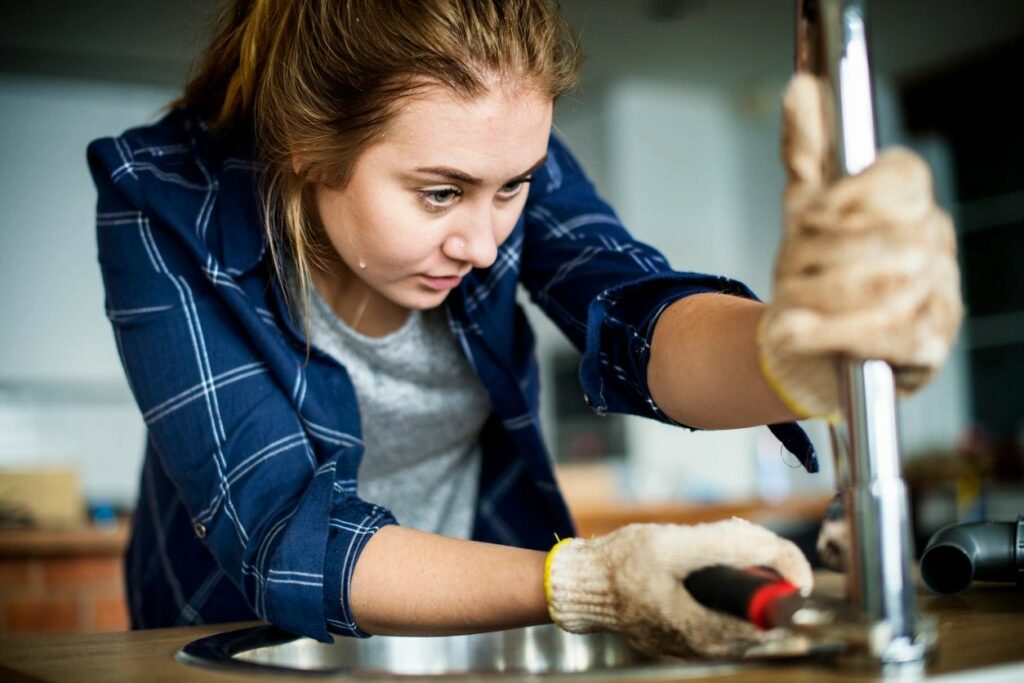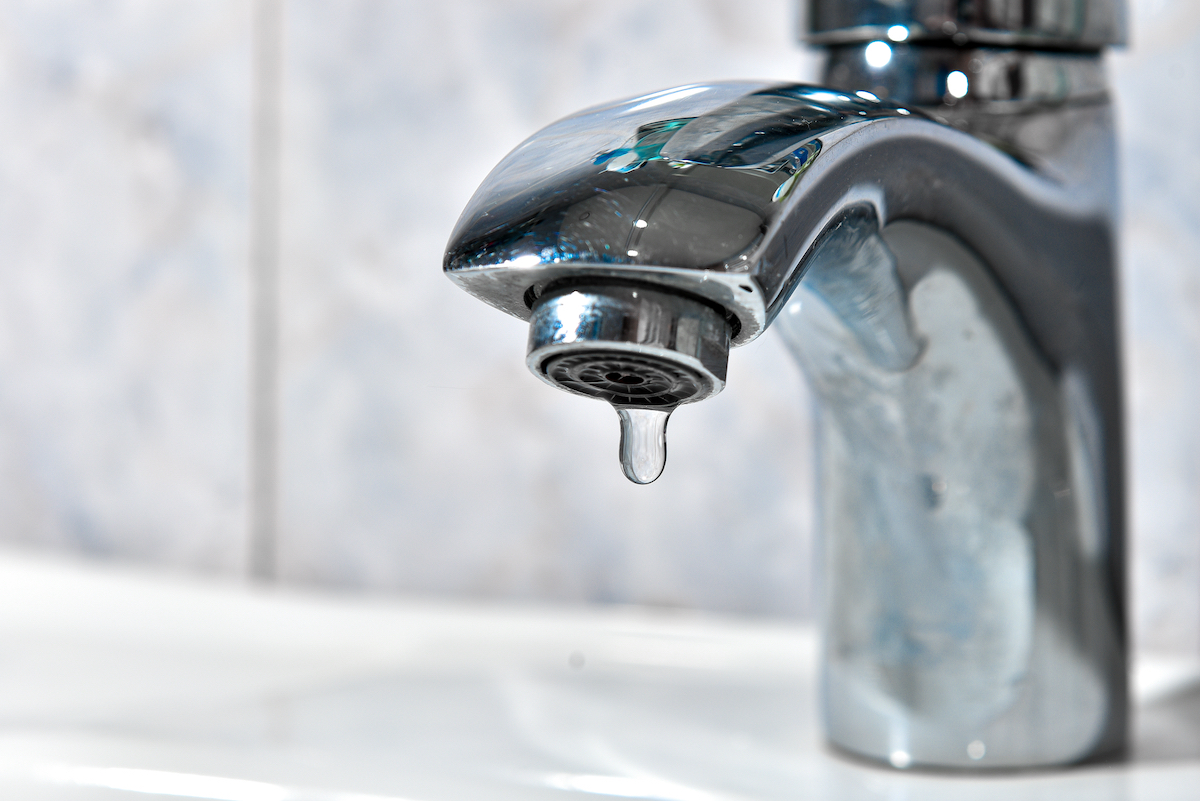Our Motives Behind Correcting a Dripping Faucet
Our Motives Behind Correcting a Dripping Faucet
Blog Article
They are making a number of great annotation relating to Water Dripping from Faucet: Why and How to Fix in general in the article below.

Dripping faucets could seem like a minor aggravation, but their effect surpasses simply the annoyance of the noise. From drainage to incurring unneeded financial expenses and health and wellness threats, overlooking a leaking tap can bring about numerous consequences. In this article, we'll delve into why it's essential to address this common family concern without delay and successfully.
Wastefulness of Water
Environmental Effect
Dripping faucets add dramatically to water wastefulness. According to the Environmental Protection Agency (EPA), a solitary tap leaking at one drip per secondly can squander greater than 3,000 gallons of water each year. This not only pressures water resources however likewise influences ecosystems and wildlife based on them.
Step-by-Step Overview to Dealing With a Dripping Tap
Devices Called for
Prior to trying to deal with a trickling tap, collect the needed tools, including an adjustable wrench, screwdrivers, substitute components (such as washers or cartridges), and plumber's tape.
Common Tap Issues and Their Solutions
Recognize the kind of tap and the particular issue creating the drip. Typical problems consist of worn-out washing machines, corroded shutoff seats, or damaged O-rings. Describe manufacturer directions or on-line tutorials for step-by-step advice on repairs.
Financial Costs
Increased Water Bills
Beyond the environmental influence, trickling taps can blow up water costs considerably. The collected waste in time equates into higher energy expenditures, which might have been prevented with timely fixings.
Prospective Property Damages
Furthermore, prolonged trickling can result in harm to fixtures and surfaces bordering the faucet. Water buildup can trigger staining, rust, and also structural concerns if left unattended, causing additional repair service costs.
Health and wellness Concerns
Mold and Mold Development
The constant existence of dampness from a dripping faucet develops a perfect atmosphere for mold and mildew and mold development. These fungi not only endanger indoor air top quality but additionally position health and wellness risks, specifically for people with breathing problems or allergic reactions.
Waterborne Illness
Stationary water in dripping faucets can end up being a breeding place for bacteria and other pathogens, enhancing the risk of waterborne conditions. Impurities such as Legionella microorganisms thrive in stagnant water, possibly bring about significant diseases when consumed or inhaled.
DIY vs. Specialist Repair
Advantages and disadvantages of Do It Yourself Repair Work
While some might attempt to fix a trickling faucet themselves, DIY repairs include their very own collection of obstacles. Without correct understanding and devices, DIY attempts can intensify the issue or bring about insufficient repair work, lengthening the problem.
Advantages of Employing a Specialist Plumber
Employing a specialist plumber makes sure that the underlying reason for the trickling faucet is resolved efficiently. Plumbers possess the expertise and equipment to diagnose and repair faucet concerns successfully, saving time and reducing the danger of more damage.
Environmental Obligation
Specific Payment to Preservation
Taking duty for fixing dripping taps aligns with broader initiatives towards water preservation and ecological sustainability. Every person's actions jointly make a considerable impact on maintaining precious resources.
Lasting Living Practices
By prioritizing prompt repair services and adopting water-saving behaviors, people contribute to lasting living practices that profit both present and future generations.
Safety nets
Regular Upkeep Tips
To avoid trickling faucets, execute routine upkeep such as cleaning aerators, checking for leaks, and replacing damaged parts immediately. In addition, take into consideration installing water-saving devices or upgrading to much more effective fixtures.
Relevance of Prompt Repairs
Dealing with dripping faucets as quickly as they're seen prevents additional water wastefulness and potential damages, ultimately conserving both water and money in the future.
Influence On Building Worth
Understanding of Well-Maintained Residential Or Commercial Property
Maintaining a building in good condition, consisting of attending to maintenance issues like dripping taps, improves its perceived worth and charm among potential customers or occupants.
Impact on Resale Value
Characteristics with well-maintained plumbing components, including taps, command higher resale worths in the property market. Attending to dripping faucets can add to a positive impact during residential property inspections and settlements.
Verdict
Resolving a trickling tap surpasses mere benefit; it's a crucial action toward conserving water, decreasing monetary prices, and guarding health and residential or commercial property. Whether via do it yourself fixings or professional assistance, taking action to fix trickling taps is a tiny yet impactful means to advertise liable stewardship of resources and contribute to a healthier, extra lasting future.
How to Fix a Dripping or Leaky Faucet
A leaking faucet is one of the most common problems that homeowners encounter, but it being commonplace doesn’t make it any less annoying. The constant drip drip drip of a leaking bathtub faucet, showerhead, or sink tap can disturb your home’s serenity. Left neglected, a dripping faucet can also result in higher water bills and discoloration or mold growth in your sink or plumbing fixtures.
Fortunately, you don’t have to be a trained plumber to know how to stop a dripping faucet. With some basic tools, replacement parts, and a little patience, leaky faucet repair is a breeze. In this article, we’ll explain what causes dripping faucets and how you can fix them.
What Causes a Leaking Faucet?
Kitchen and bathroom faucets come in all manner of designs, but most involve some combination of valves, O-rings, seals, and washers. The O-ring is usually the weakest link, but any one of these pieces can wear down over time. Heat, moisture, temperature fluctuations, minerals, mold, and movement can contribute to warping and corrosion, breaking the watertight seal. This just comes with the territory of being a homeowner. Everything is always subject to wear and tear, and some component parts of your appliances and fixtures need to be replaced on occasion. At least replacement O-rings are cheap!
More rarely, dripping faucets can be a symptom of excessively high water pressure. Were this the case in your home, you would probably notice that the leak is not isolated to one faucet. Water pressure issues are harder to resolve on your own. We recommend contacting a professional plumber if you suspect your water pressure is too high.
How to Fix a Dripping Faucet
Pipe wrench or monkey wrench Allen wrench set Screwdrivers Old towel or rag Shut off the water.
Before you do anything, you need to turn off the water to keep from drenching your kitchen or bathroom. You should find a valve under the sink and against the wall. Once you’ve turned this valve, try turning the faucet on to confirm that the water source has been cut off.
If you can’t locate your local valve for the faucet you’re working on, you can always shut off the water to the house at the main valve. Of course, this will prohibit anyone from using the sinks, showers, or toilets while you’re working on the faucet that’s giving you trouble.
Plug or block the drain.
You’ll be disassembling the faucet and removing some small bits of hardware. Plug the drain with a stopper or rag to avoid the possibility of a small screw falling into your P-trap.
Take apart the faucet assembly.
There are several varieties of kitchen and bathroom faucets, each with its own manner of assembly. For detailed instructions on how to disassemble your faucet, you can refer to the fixture’s manual or contact the manufacturer. If you know whether you have a ball, disc, cartridge, or compression faucet, you can find detailed schematics online.
In general, you need to begin by removing the faucet handles. You might notice a small screw that you’ll need to remove with a screwdriver or Allen wrench. If you don’t see any visible securing hardware, it’s likely hidden under a decorative cap that can be unscrewed or popped off with flathead screwdriver.
Remove each piece methodically, consulting a schematic when necessary. Take notes or arrange the pieces in such a way to make it easier to correctly reassemble the faucet later.
Remove the cartridge.
Once you’ve removed the handles and securing hardware, you should be able to remove the valve cartridge or stem. Some cartridges will slide right out. Other faucet models will require you to loosen a nut with a pipe wrench before you can remove the valve stem.
Examine the exposed hardware.
With the cartridge or stem removed, inspect the component parts. Check the rubber O-rings for wear and tear. Also examine the seat washer for corrosion or other damage. These pieces are usually the responsible parties for a dripping faucet, but it’s worth inspecting the other component parts while you have the faucet disassembled.
Find replacement parts.
Once you’ve identified which faucet component has failed, find an identical replacement. Your local hardware store should have O-rings, seat washers, and other standard components in stock. If you have a luxury or uncommon faucet, you may have to contact the manufacturer for a replacement part.
It’s a good idea to take your old parts with you to the hardware store so you can compare them with the store’s inventory and be sure you’re purchasing the correct replacement.
Reassemble the faucet.
With your new parts in hand, reconstruct the faucet and handles. Don’t be tempted to overtighten screws or nuts. You might think this could create a better seal, but it can instead damage or bend a delicate part of the assembly and create a new problem for you.
Turn on the water and test the faucet.
The only thing left to do is test your work. Unplug the sink, turn the water back on, and try the faucet. Congratulate yourself on a job well done!
https://www.libertyhomeguard.com/how-to-fix-a-dripping-or-leaky-faucet/

Hopefully you enjoyed reading our excerpt on Why It's Important to Fix Leaky Faucets. Thank you so much for finding the time to read through our content. I beg you take the time to share this post if you enjoyed reading it. I am grateful for being here. Please visit our site back soon.
Report this page